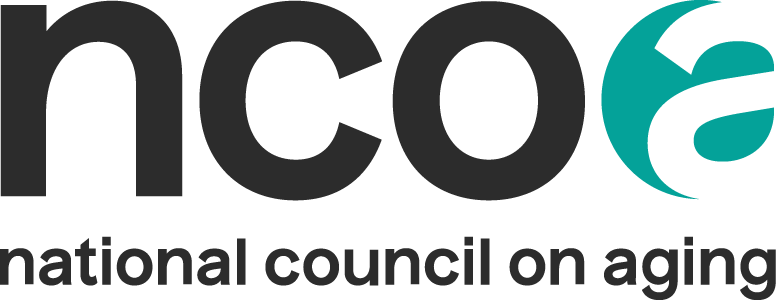Does your organization have a great story to tell? One of the best ways to tell it is through a personal story of an older adult you serve.
Putting a face on your work helps people connect with your organization and quickly grasp the impact you have. Stories can be a powerful way to gain the attention of potential participants, funders, legislators, and partners.
But what makes a good story and how do you use them? Here are 10 tips to help you get started:
1. Decide what you want to accomplish.
What is your goal and who is your audience? Do you want to attract more participants? Get noticed by local politicians? Obtain or protect funding? Answering this question first will help shape the stories you seek.
2. Develop a set of questions in advance.
And let your interview subjects read them in advance, so they can collect their thoughts. Sample questions might include:
- Where did you first hear about (Name of Organization)?
- Why and how often do you attend (Name of Organization)?
- What are your favorite activities?
- If funding for (Name of Organization) went away, what would you do?
- What would you tell a friend who is considering joining (Name of Organization)?
3. Ask a diverse set of people.
Old, young, male, female, black, white, Asian, Hispanic. Show the breadth of the people you serve. The more the merrier.
4. Take photos.
People see themselves in photos, and they add greatly to the overall narrative. The media loves using photos, as well. Make sure the photo is print/web quality—300 dpi or better.
5. See if the participant is willing to speak to the media once their story goes live.
Media love stories in first-person format and often want to follow up with their own interview. If possible, have each interviewee sign a release form, so your center is covered legally.
6. Keep your stories short and to the point.
Answer the main questions of: who, what, when, where, and why—then edit as much as you can. No one likes to read a rambling narrative.
7. Be transparent.
Tell readers that the older adult attends your organization and how you obtained the information. This adds credence and authenticity to your story.
8. Plan how to use the stories.
Sometimes it’s great to use the whole story at once, or one per month. Sometimes you can chop a story in half and leave people hungry for more!
9. Capture video of your interviewee.
Video is hot. Let older adults tell their story in their own voice if possible! See stories from AWA's, formerly National Council on Aging, or NCOA’s, One Away campaign for good examples of video stories.
10. Make the pitch.
Send your story and photo to your local newspapers, online news sites, city officials, and the local offices of your state and federal legislators. A well-packaged story that hits on a hot topic is likely to get noticed.
Remember—don’t be shy! The work you do in the community is incredibly valuable. Telling your story shows why...










